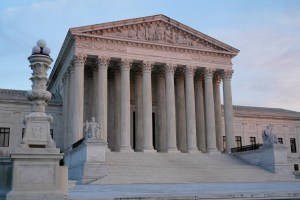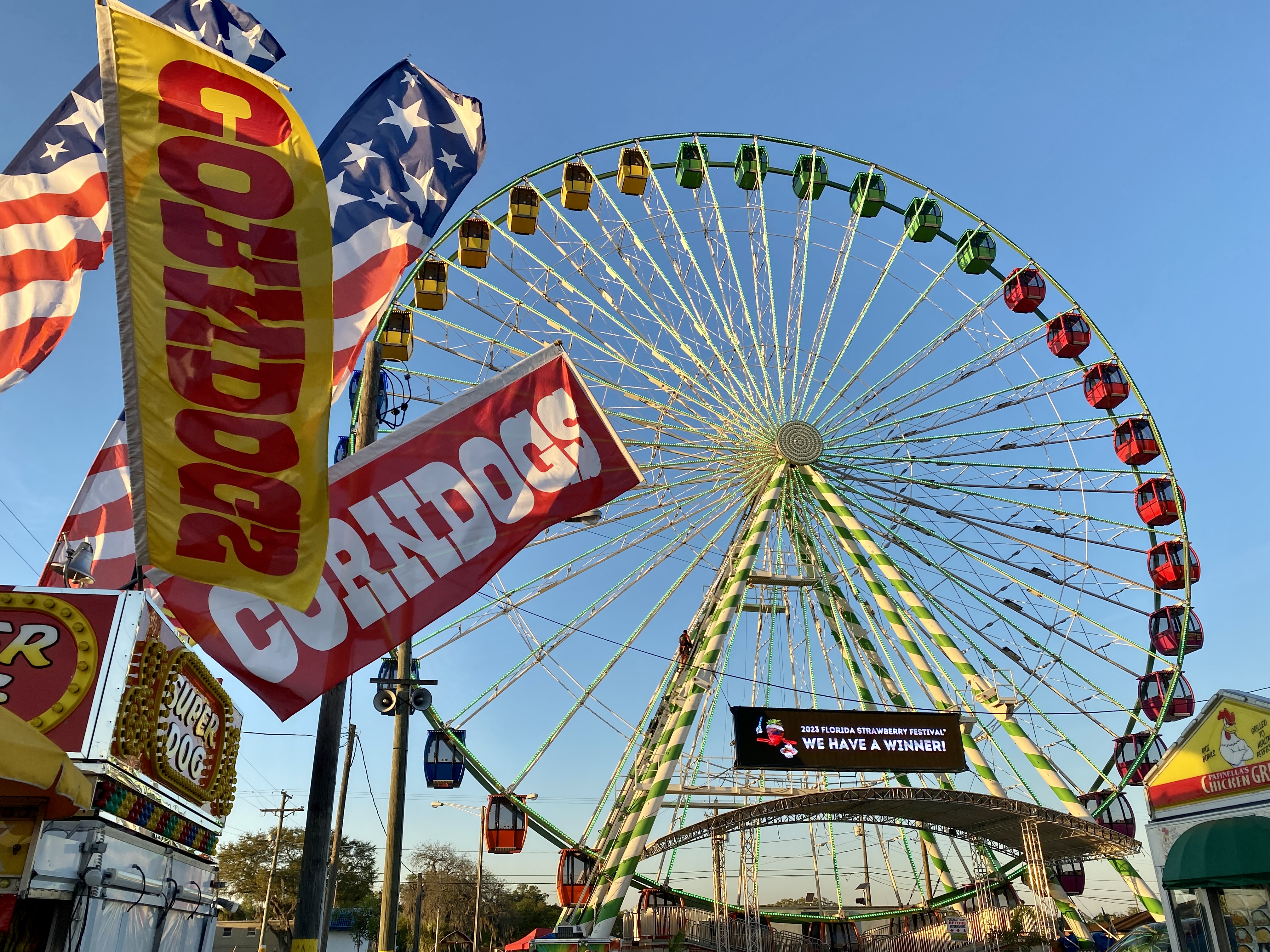TAMPA, Fla. (WFLA) – Horseshoe crabs are dying in the Tampa Bay area due to the red tide bloom, and it’s becoming increasingly known of the animals’ impact in the medical field due to studies on medication and vaccinations that utilize the crabs’ blood.
The senior staff veterinarian from the Florida Aquarium told 8 On Your Side’s Christine McLarty last year that horseshoe crabs are vital in the process to develop vaccines to combat the coronavirus, “because their immune system is the most sensitive in the world.”
Dr. Ari Fustukjian said they use the blood to make sure human and animal vaccines don’t get bacteria in them.
However, according to the Florida Fish and Wildlife Conservation Commission’s Fish and Wildlife Research Institute, while the deaths related to red tide are tragic, they won’t have an effect on the biomedical field, as there are no “biomedical horseshoe crab bleeding operations [in Florida,]” according to the institute.
The research institute reports that there have been reports of 10 deaths of horseshoe crabs so far this year, compared to the reported five deaths in the 2017-2018 red tide outbreak, though it’s uncertain if it’s related to under-reporting through the FWC’s website or not.
Horseshoe crabs are known as “living fossils,” as they have been unchanged for at least 445 million years, according to the FWC, well before dinosaurs even existed. The animals are more closely related to spiders than they are to crabs or lobsters.
The compound in a horseshoe crab’s blood, “coagulates or clumps up in the presence of small amounts of bacterial toxins and is used to test for sterility of medical equipment and virtually all injectable drugs,” according to the FWC.
“That way, when you get a vaccine you know it hasn’t been contaminated by any bacteria. Anyone who has had an injection, vaccination, or surgery has benefited from horseshoe crabs,” Dr. Fustukjian said.
“Some people think horseshoe crabs are dangerous animals because they have sharp tails, but they are totally harmless. Really, horseshoe crabs are just clumsy and they use their tail to flip themselves back over if they get overturned by a wave,” the FWC notes.
Horseshoe crabs can nest year-round in Florida, with peak spawning in the spring and fall. Most nesting occurs around high tide or around a new or full moon.
“It’s interesting that they’re so critically important, basically the entire big pharma and development of drugs is dependent on this lovely animal that spends 99 percent of its time down in the mud,” Dr. Fustukjian said.
Horseshoe crab eggs are a major food source for shorebirds, and are important for other species.
FWC also asks beachgoers to document beaches were horseshoe crabs are nesting. A report can be submitted online, via the FWC Reporter app for Apple or Android phones, by email at horseshoe@MyFWC.com or by phone at 866-252-9326.






